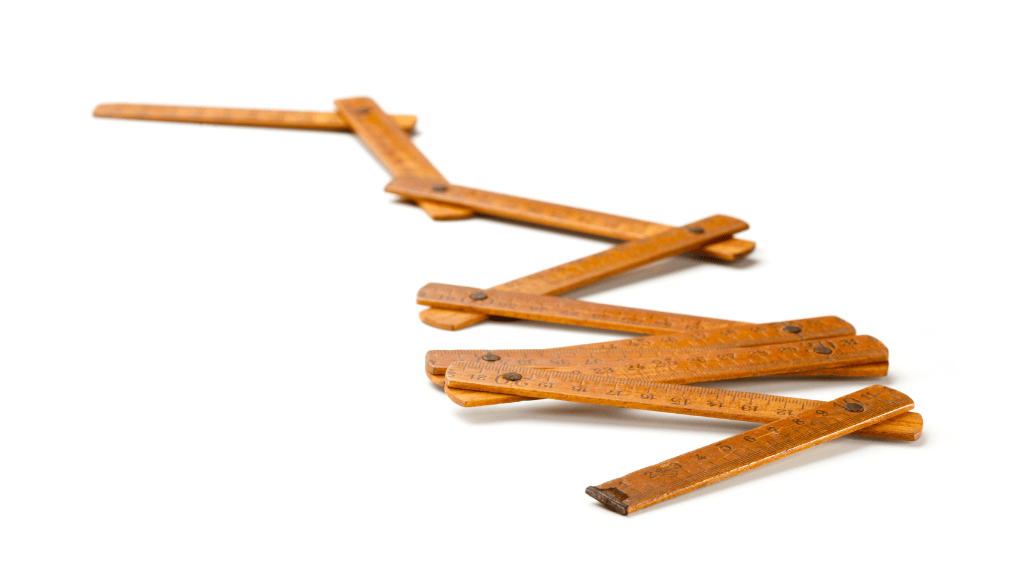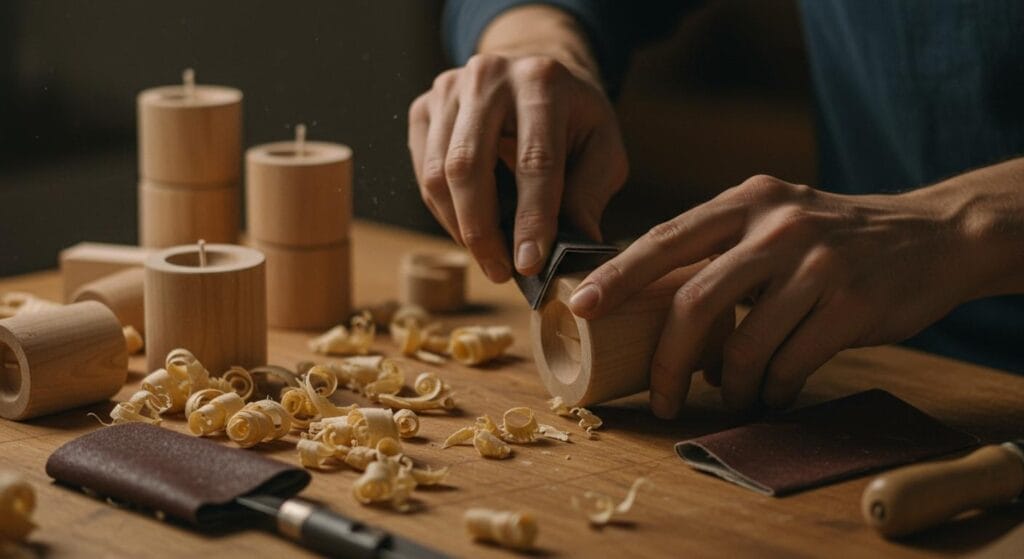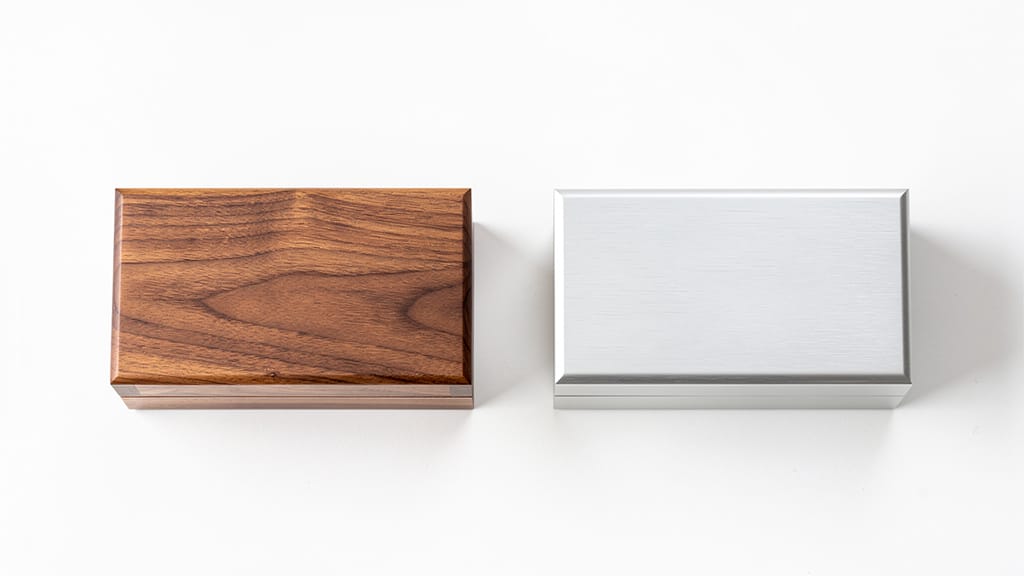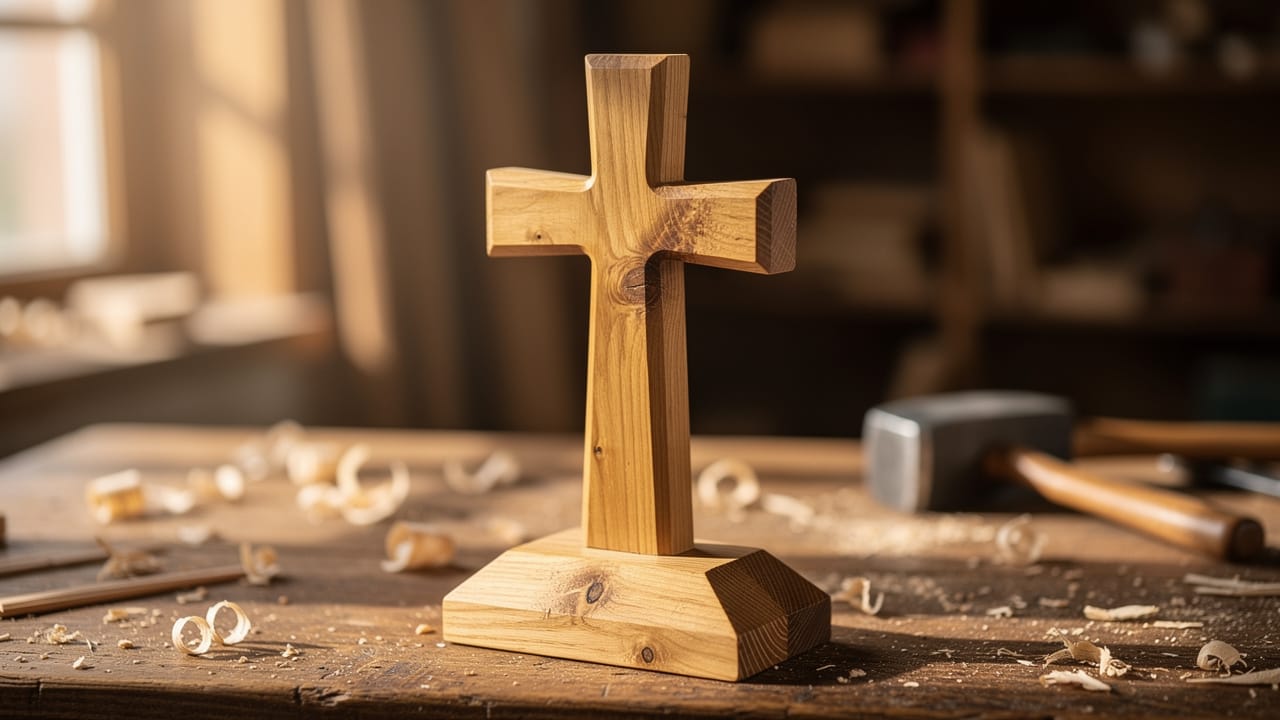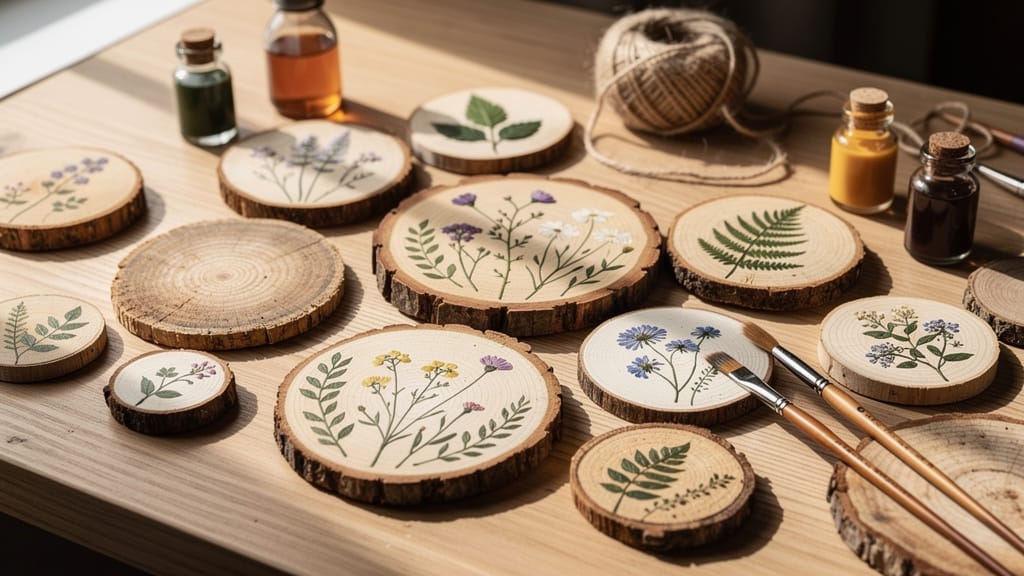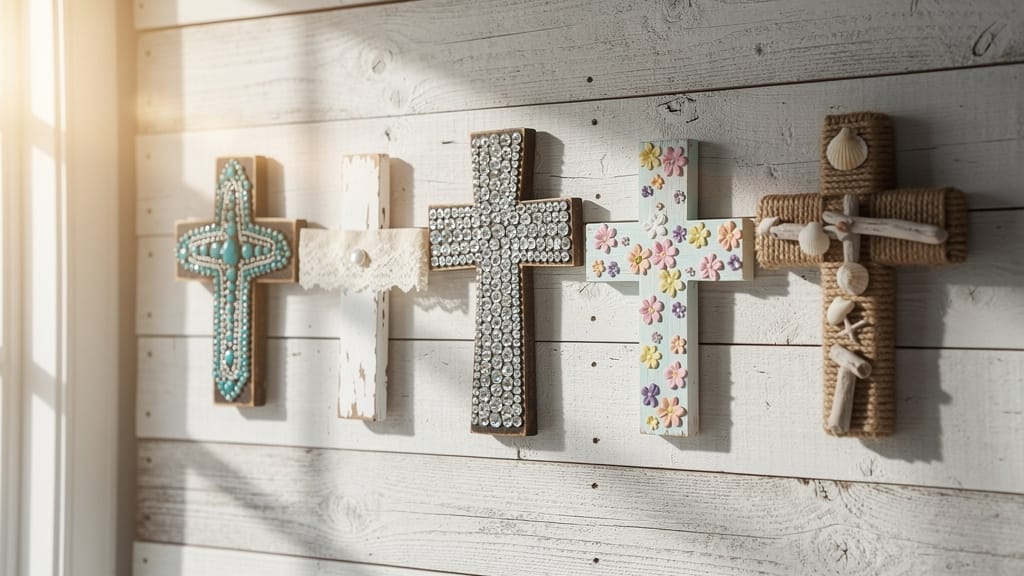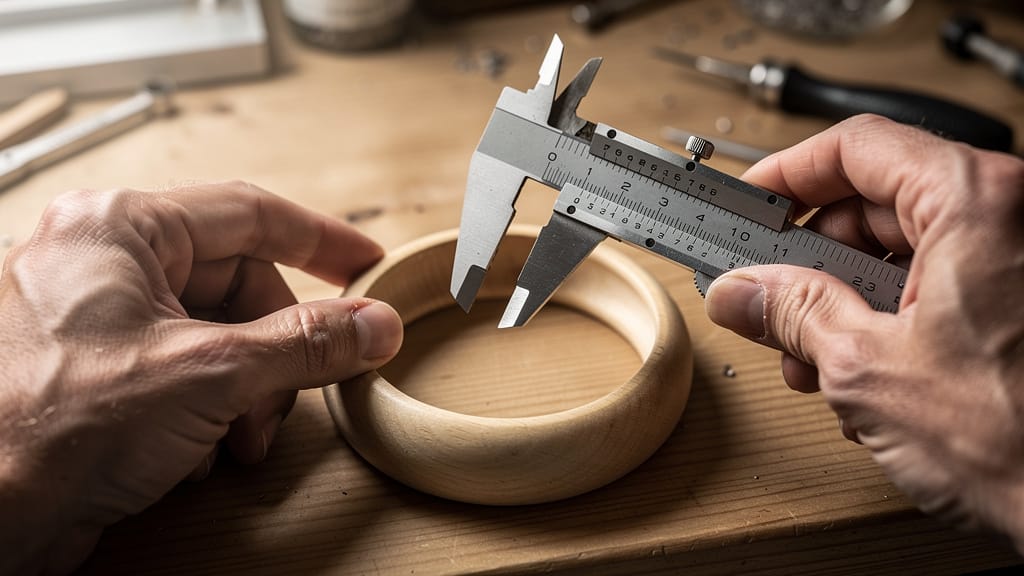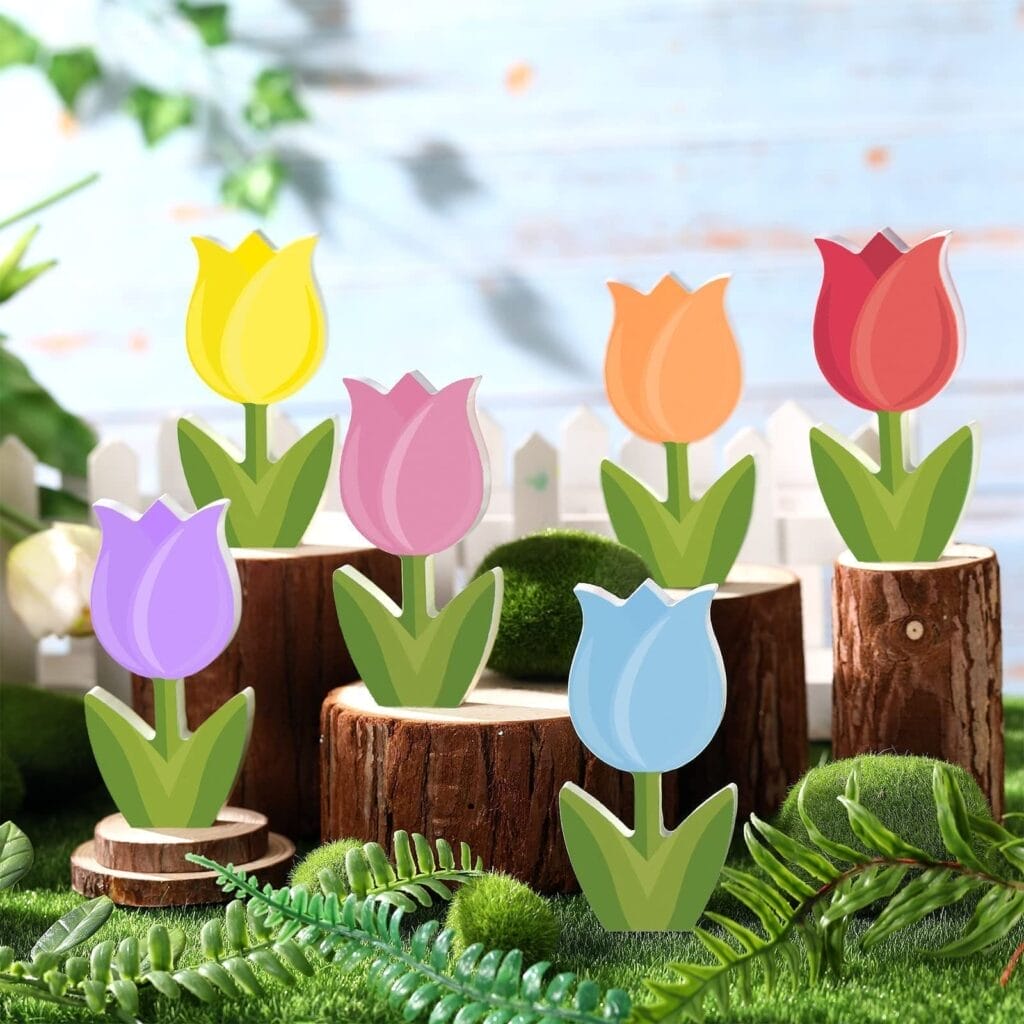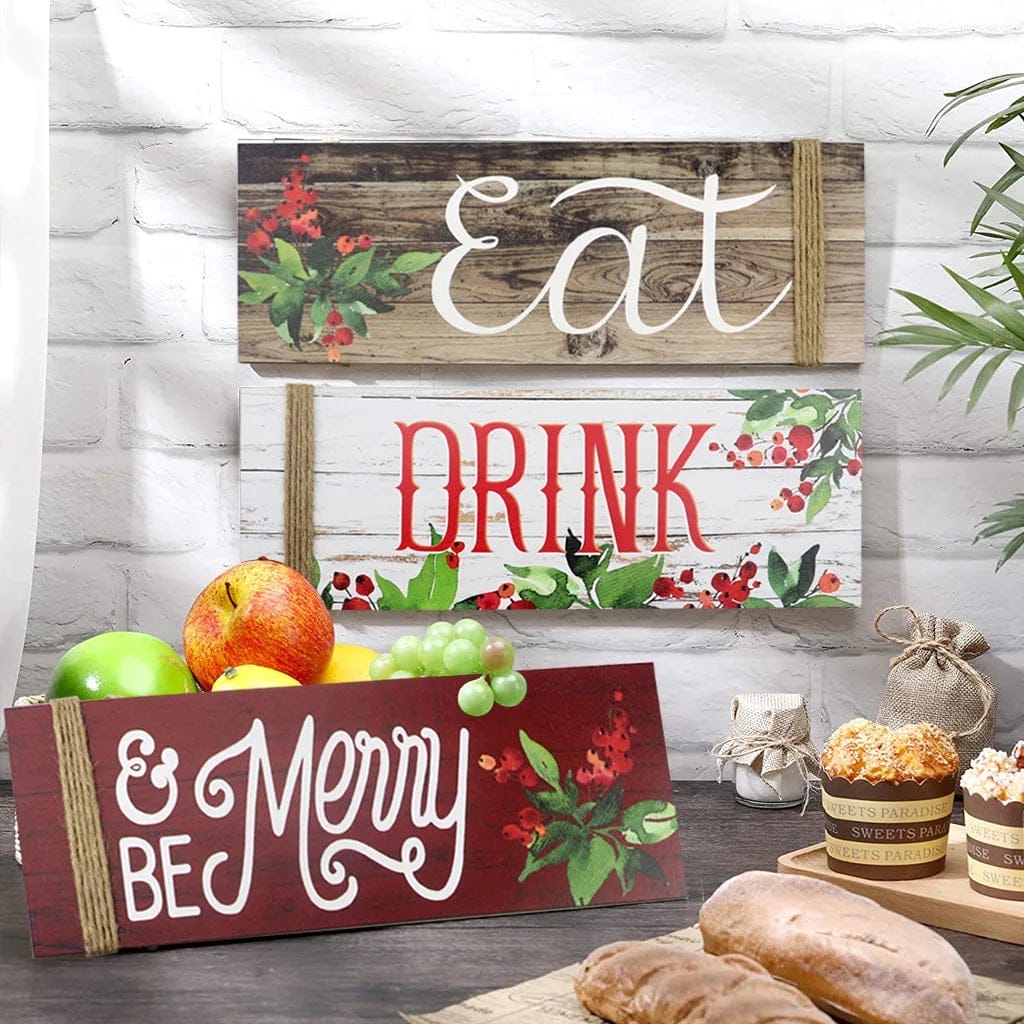What are wooden flowers? Wooden flowers are botanically inspired decorative specimens crafted from materials like sola wood (Aeschynomene aspera), hardwoods, or wood veneers. You’ll find them manufactured through various processes, including manual carving, CNC cutting, or traditional knife work.
These permanent botanical replicas offer superior durability compared to fresh flowers, maintain their aesthetic integrity indefinitely, and provide eco-friendly alternatives for arrangements. Their versatility extends from bridal bouquets to permanent installations, with customization options that merit deeper exploration.
Key Takeaways
- Wooden flowers are decorative blooms crafted from various types of wood, including sola wood, hardwoods, and wood veneers.
- Originally from Southeast Asia in the 13th century, wooden flowers serve as long-lasting alternatives to fresh flowers.
- They come in four main types: sola wood flowers, carved solid-wood flowers, laser-cut flowers, and wood shaving flowers.
- These permanent botanicals require minimal maintenance and can last indefinitely when stored in dry conditions away from direct sunlight.
- Wooden flowers offer eco-friendly, customizable options for weddings, home décor, and gifts.
A Brief History of Wooden Flowers

While artisans have crafted wooden flowers for generations, the documented origins of these botanical replicas can be traced back to Southeast Asia, particularly India and Thailand.
The craft, utilizing sola wood derived from a plant called Aeschynomene aspera, emerged in the 13th century primarily for cultural ceremonies.
This ancient craft, born from aeschynomene aspera wood, has adorned cultural ceremonies since medieval times.
You’ll find that these handcrafted specimens, initially reserved for nobility, gained widespread popularity in the 20th century. Their inherent durability made them ideal for bridal flower bouquets and commemorative displays.
Today, you can appreciate their eco-friendliness and versatility. Artisans continue to refine techniques that have been passed down for centuries.
What Are Wooden Flowers? Types and How They’re Made
You’ll encounter four primary categories of wooden flowers in today’s market: Sola wood flowers, carved solid-wood specimens, laser-cut or CNC-milled veneer varieties, and sculptural forms created from wood shavings or curls.
Sola Wood Flowers

Sola wood flowers represent a distinct category of botanical artistry derived from the Aeschynomene aspera plant’s root system.
These lightweight, handmade creations offer remarkable versatility for wedding floral arrangements and bridal bouquets.
Artisans in Southeast Asia meticulously craft each bloom using specialized cutting implements. Careful shaping and texturing help wooden blooms appear more realistic — how flowers look depends on the cutting and finishing techniques.
As a renewable resource, these botanical specimens maintain their structural integrity indefinitely when properly preserved.
These flowers are naturally occurring in cream hues. But it’s easy to dye them to achieve customized floral arrangements.
Their distinctive texture and adaptability make them ideal for various decorative applications.
Carved Solid-Wood Flowers

Carved solid-wood flowers represent a distinct classification of decorative botanical sculptures. You’ll find these pieces crafted from select hardwoods like pine, cedar, and birch, explicitly chosen for their durability and aesthetic properties.
Skilled artisans utilize specialized tools to transform raw wood into intricate floral forms, including roses and other botanical varieties.
They’ll often hand-paint these sculptures to enhance their decorative appeal. The finished pieces excel in longevity, making them ideal for home decor applications.
Unlike natural flowers, these wooden interpretations maintain their structural integrity regardless of environmental conditions, offering a permanent botanical display solution.
Laser-Cut or CNC-Cut Veneer Flowers

Modern manufacturing technologies have revolutionized wooden flower production through laser-cut and CNC-cut veneer techniques.
Laser-cut and CNC methods precisely slice wood veneers into thin sheets that can be layered and shaped into delicate petals.
- The CNC-cut method enables complex patterns while maintaining uniformity across production runs.
- The laser-cutting process delivers clean edges and offers customization options through surface engraving.
You can enhance these veneer flowers through painting, staining, or preserving their natural wood grain. Like real flowers, you can use wood flowers for your wedding arrangements. Their precision-crafted details and consistent quality make them ideal decorative elements.
Wood Shavings / Curl Flowers

Wood shaving flowers exemplify artisanal craftsmanship through meticulous manual manipulation.
You’ll find these intricate floral arrangements created by artisans who carefully shave sola wood into delicate curls, wrapping them around central stems to achieve dimensional blooms. The wood shavings transform into textured flowers with layered, swirling patterns that create unique visual depth.
These handcrafted flowers showcase individual artistry, as no two pieces are identical.
You can customize your curl flowers with dyed colors to complement specific themes. This makes them versatile additions to floral designs while maintaining the natural aesthetic of wood flowers.
Materials and How Sola Wooden Flowers Are Made

Sola wood flowers are made from the root system of Aeschynomene aspera. They represent a remarkable fusion of botanical resource utilization and artisanal craftsmanship.
These wood flowers are meticulously hand-carved by Southeast Asian artisans. They transform lightweight material into diverse flower styles using specialized knives and machetes.
The plant-derived medium exhibits a natural soft white or cream color, which artisans can customize through pigmentation processes. The flower petals display unique textures, including distinctive knots and veins, making them look remarkably lifelike.
When treated with specialized softening agents, these botanical sculptures maintain both malleability and structural integrity.
Advantages of Wooden Flowers Compared to Real Flowers

Three distinct advantages position wooden flowers as a superior alternative to both fresh and synthetic floral options.
First, sola flowers offer exceptional durability. They’ll last a lifetime with minimal maintenance compared to perishable fresh flowers.
Unlike fresh blooms that will wilt within days, sola flowers endure beautifully through time. They require minimal care while maintaining their elegant appearance indefinitely.
Second, you’ll find them highly customizable. This allows for precise color matching of your wedding palette, regardless of seasonal availability.
Third, they present an eco-friendly and budget-friendly alternative to cut flowers. Because they are derived from sustainable materials while eliminating post-event waste.
These characteristics make wooden flowers an ideal choice for both environmental consciousness and long-term preservation of significant occasions.
Care and Maintenance of Wooden Flowers

Wooden flowers require minimal maintenance compared to their living counterparts. But proper care guarantees excellent preservation of their aesthetic qualities.
Store your wood flowers in a dry, well-ventilated area, away from direct sunlight, to prevent color deterioration. Regular dusting with a soft cloth maintains their vibrant colors and pristine appearance.
Should moisture exposure occur, implement thorough drying procedures while avoiding direct sunlight to prevent warping. These durable decorative elements remain cost-effective due to their year-round availability and minimal care requirements.
Uses and Styling: How to Decorate with Wooden Flowers

Wooden flowers present boundless opportunities for creative expression across diverse decorative applications.
Their customizable nature and durability make them ideal for both ephemeral and permanent installations.
Wedding Applications: Create long-lasting floral arrangements that incorporate wood flowers into centerpieces, bouquets, and ceremony adornments.
Residential Integration: Transform living spaces with durable botanical compositions, wall installations, and thoughtfully arranged tables.
Gift Customization: Design sentimental gifts by personalizing wood flowers with specific colors, arrangements, and meaningful elements.
These versatile decorative elements maintain their aesthetic integrity indefinitely. They provide a sustained visual impact without requiring ongoing maintenance.
Price Range and Value: Are Wooden Flowers Worth It?

When evaluating the economic viability of sola wood flowers, it’s vital to conduct a thorough cost-benefit analysis.
You’ll find individual wood flowers priced between $5 and $30, markedly lower than traditional floral expenses for comparable arrangements. The duration factor enhances their value proposition. These lasting keepsakes eliminate recurring costs associated with fresh flowers.
For wedding flowers specifically, wooden flowers prove to be an economical option.
You’re investing in permanent botanical specimens that aren’t subject to seasonal price fluctuations or preservation costs. The one-time acquisition of wooden flowers delivers sustained value. This makes them worth it from both aesthetic and financial perspectives.
Conclusion
As you’ve explored the taxonomic and structural characteristics of xylophytic decorative elements, you’ll find that wooden flowers represent a sustainable alternative to traditional floriculture. Their durability, dimensional stability, and resistance to environmental degradation make them ideal for long-term display applications.
When considering cost-benefit analysis and lifecycle assessment, wooden flowers demonstrate superior longevity and reduced environmental impact compared to both natural and synthetic alternatives.
FAQs
What Are Wood Flowers Made Of?
You’ll find that wood flowers are crafted from the root material of Aeschynomene aspera, specifically sola wood. Artisans process it into a pliable medium exhibiting natural fibrous patterns and cellular structures.
How Long Do Wood Flowers Last?
Wood flowers, when maintained in ideal conditions away from moisture and direct sunlight, will last forever. Their durability surpasses traditional flora, requiring only minimal preservation through routine dusting.
Are Wooden Flowers Cheaper Than Real Flowers?
Wooden flowers are typically more cost-effective than fresh blooms. They offer savings of 20-40%. Their reusability, DIY potential, and elimination of recurring maintenance expenses contribute to superior economic efficiency.
What Do Wood Flowers Feel Like?
Wood flowers have a cork-like, delicate texture that’s remarkably lightweight. Their softened fibers create a pliable, foam-like consistency, while retaining distinctive botanical veining and organic tactile characteristics.














